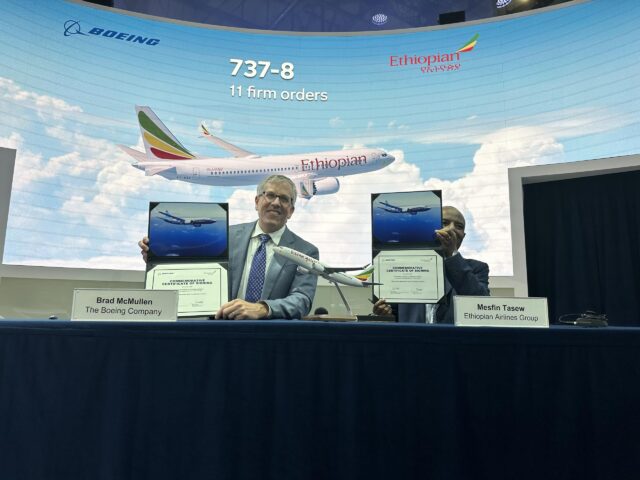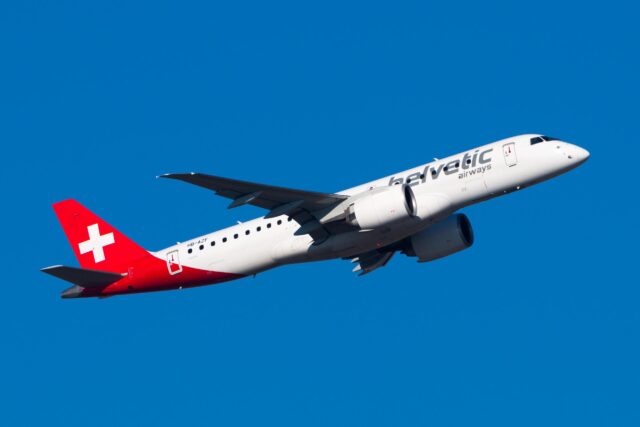FAA expands groundings to MD-10 and DC-10 after UPS MD-11 crash

November 17, 2025
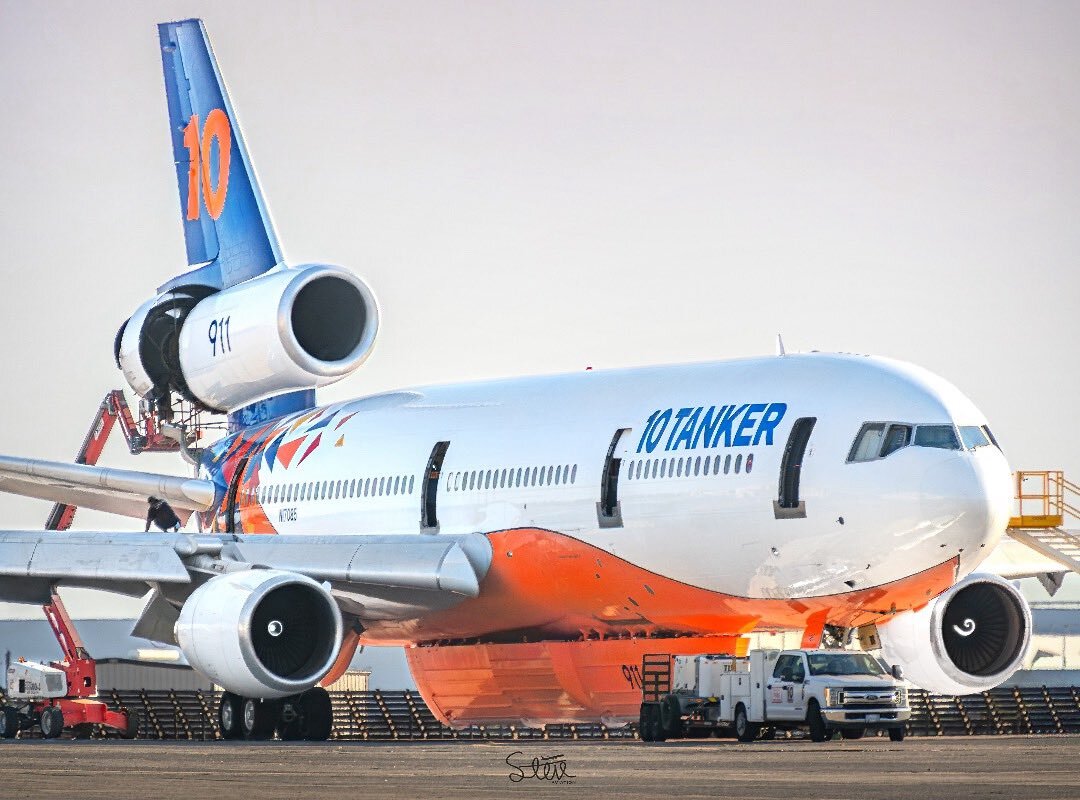
Following the 4th of November crash of the MD-11 (UPS Airlines Flight 2975) at Louisville International Airport, the FAA introduced flight restrictions for MD-11 aircraft. It has since broadened its groundings to include MD-10 and DC-10 aircraft.
FAA broadens groundings to include MD-10/DC-10s
The directive to ground MD-11 aircraft was issued on 8th November, while the directive expanded to MD-10s/DC-10s on 14th November. The McDonnell-Douglas MD-10 is a modified Douglas DC-10.

The FAA is investigating the UPS crash and has cited engine pylon structure similarities among these aircraft types as the reason for the groundings. The MD-11F aircraft crashed on takeoff after the left engine detached from the wing.
It should be noted that this isn’t the first time this has happened. The DC-10 first entered service in 1971, and in 1979, the fleet was grounded after an American Airlines DC-10 lost one of its engines on take-off at Chicago O’Hare. Structural deficiencies had been thought to be fixed.
The FAA issued a new emergency airworthiness directive late Friday expanding immediate mandatory inspections of engine pylon structures to DC-10 and MD-10 aircraft. This follows last week’s EAD for MD-11s after the crash of UPS 2976. https://t.co/vVsoHDSrNc pic.twitter.com/6mSBwJa6Xl
— Flightradar24 (@flightradar24) November 15, 2025
The FAA directive says, “This emergency AD [Airworthiness Directive] prohibits further flight until the airplane is inspected and all applicable corrective actions are performed.”
Only a limited number of MD-10/DC-10s remain in service
MD-10/DC-10 aircraft may be a dying breed, but a limited number are still operational. FedEx has already retired its DC-10s, while the United States Air Force retired the last of its military KC-10A Extender tankers in 2024. Following these retirements, around ten DC-10s are believed to be operational.
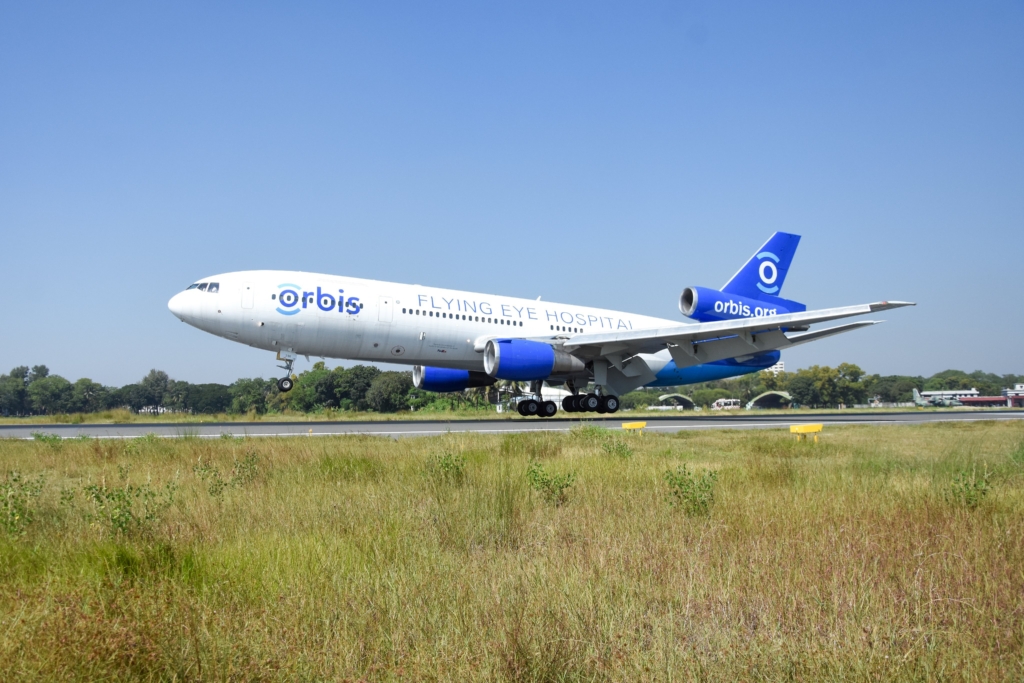
While the USAF has retired its DC-10-based tankers, the type still refuels US aircraft. The contractor, Omega Aerial Refueling Services, operates two ex-Dutch KDC-10 tankers.
Internationally, one DC-10 remains in service as a freighter in Bolivia for Transportes Aereos Bolivianos. Another is operated by Cargo Three in Panama.
One MD-10 is famously in service with Orbis as the Orbis Flying Eye Hospital. That aircraft is currently in Tulsa, Oklahoma, undergoing routine maintenance. Orbis stated it is “in full compliance with the FAA directive.”
From our home base in Albuquerque, New Mexico, 10 Tanker has been taking to the skies since 2002.
— 10_Tanker Air Carrier (@Ten_Tanker) October 30, 2025
4 iconic DC-10s. 90 stellar staff members plus contractors. 1 mission- helping fight wildfires globally from the air.
📸: Ryan Grothe#AerialFirefighting #TeamworkFromTheSky pic.twitter.com/2BNGz7TY2b
The largest DC-10 operator is 10 Tanker Air Carrier, which has a fleet of five DC-10s as waterbombers. The company does not appear to have publicly responded to the groundings, although its most recent posts on X (formerly Twitter) are related to highlighting its aircraft’s maintenance.
Fortunately for 10 Tanker Air Carrier, the fire season has recently ended and will not return until around July.
Remaining MD-11s in service
The McDonnell Douglas DC-10 was built to succeed the DC-8 on long-haul flights. A total of 386 were built between 1969 and 1989. According to the BBC, approximately 70 remain in use around the world.
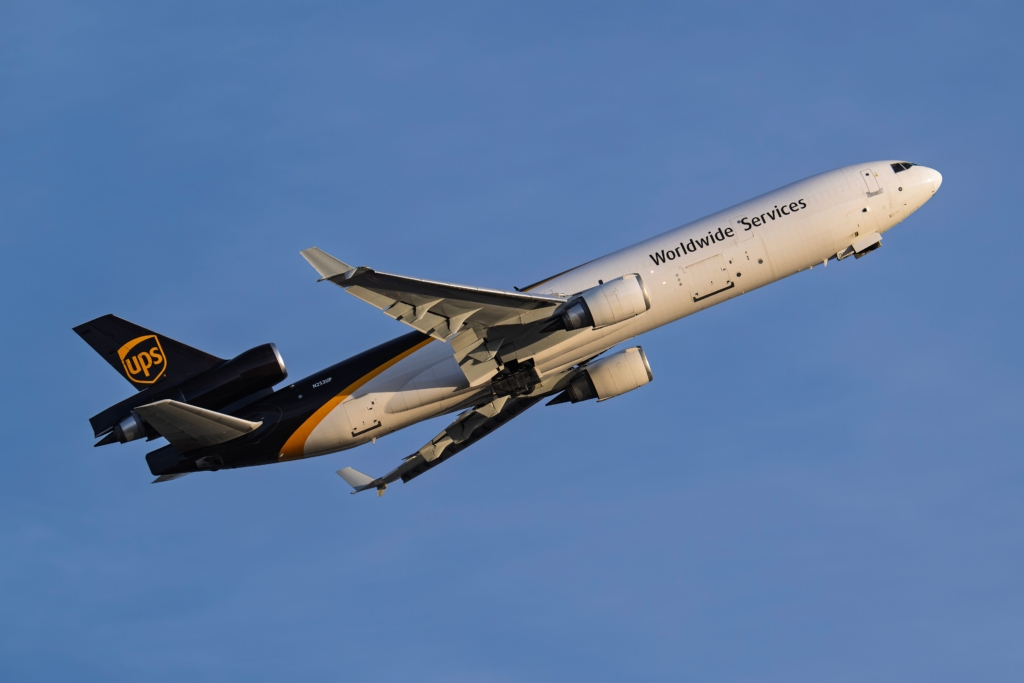
It was developed into the MD-11 trijet and built by McDonnell Douglas and then Boeing after the merger in 1997. A total of 200 were built, with the last coming off the production line in 2000. The type was retired from passenger services in 2014.
According to Planespotters.net, the MD-11 now only has three operators, and it is exclusively used as a freighter. 29 MD-11s remain in service with FedEx, 27 are in service with UPS, and 15 are in service with Western Global Airlines.
FedEx currently plans to phase these aircraft out by 2032, as they are replaced with Boeing 767-300F and Boeing 777F freighters. Separately, Boeing is set to wind up deliveries of its 767-300F and 777F in 2026 before new regulations come into force in 2027.
🇺🇸 Massive fire in the area of the Louisville Muhammad Ali International Airport in Kentucky, US, following the crash of a UPS Douglas MD-11 freighter plane.
— Status-6 (Military & Conflict News) (@Archer83Able) November 4, 2025
Casualties reported. pic.twitter.com/IFUidtfCxY
UPS is also gradually phasing its MD-11s out. Western Global Airlines is a smaller freighter that only recently emerged from bankruptcy, and only some MD-11s were operational before the groundings.
Featured Image: 10 Tanker
